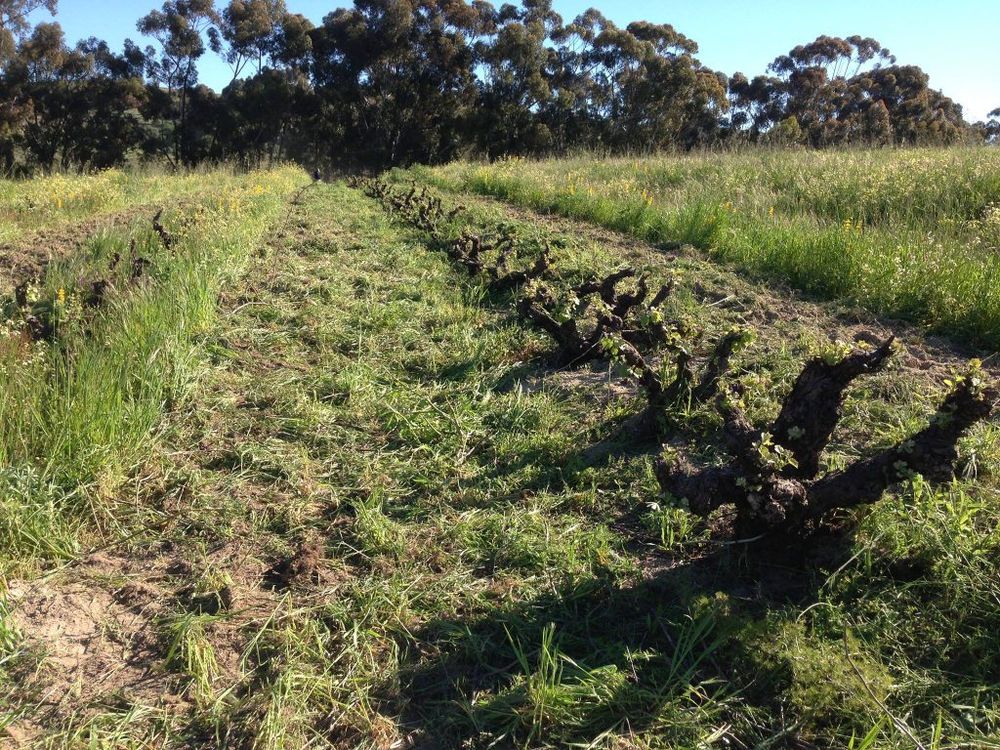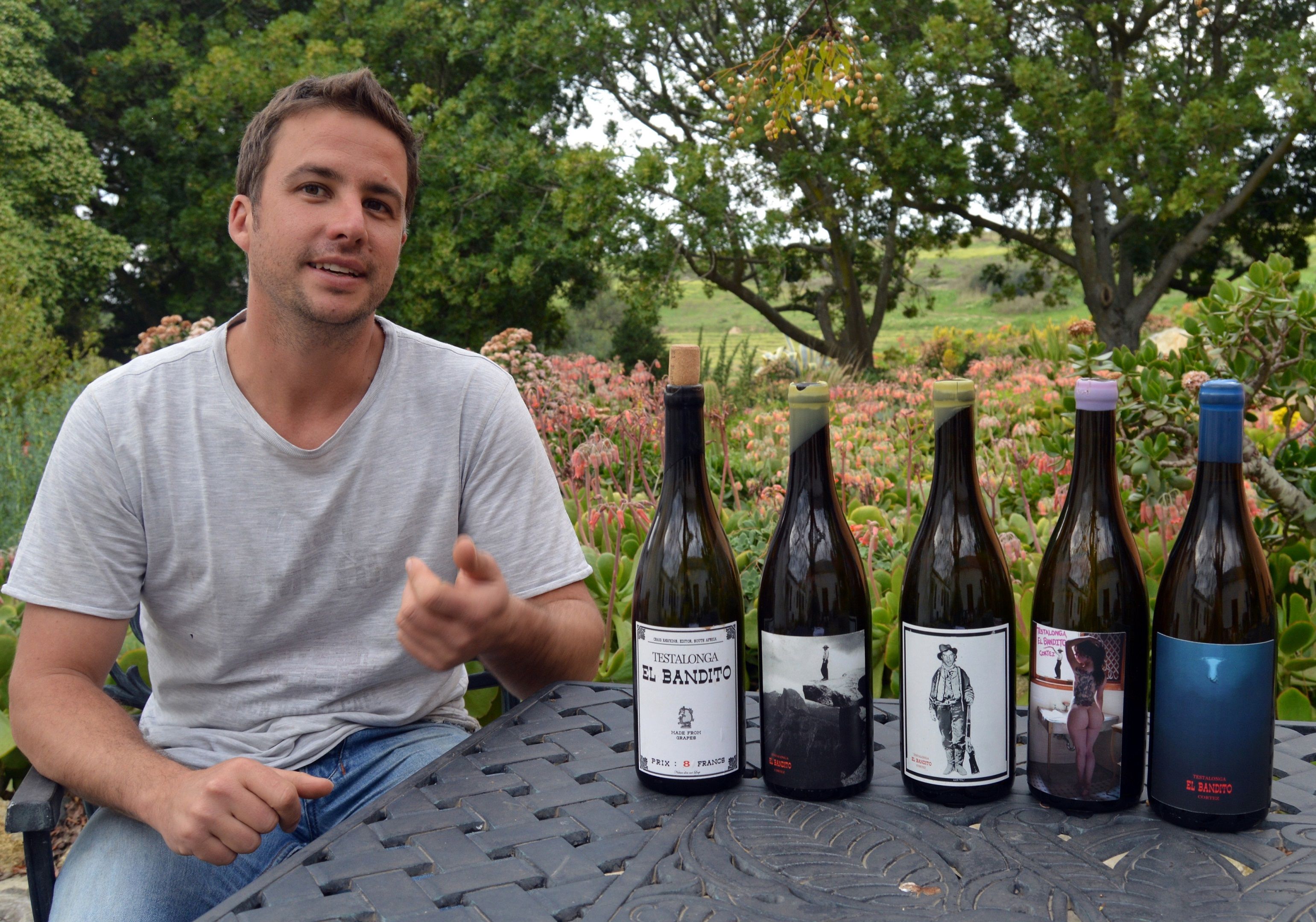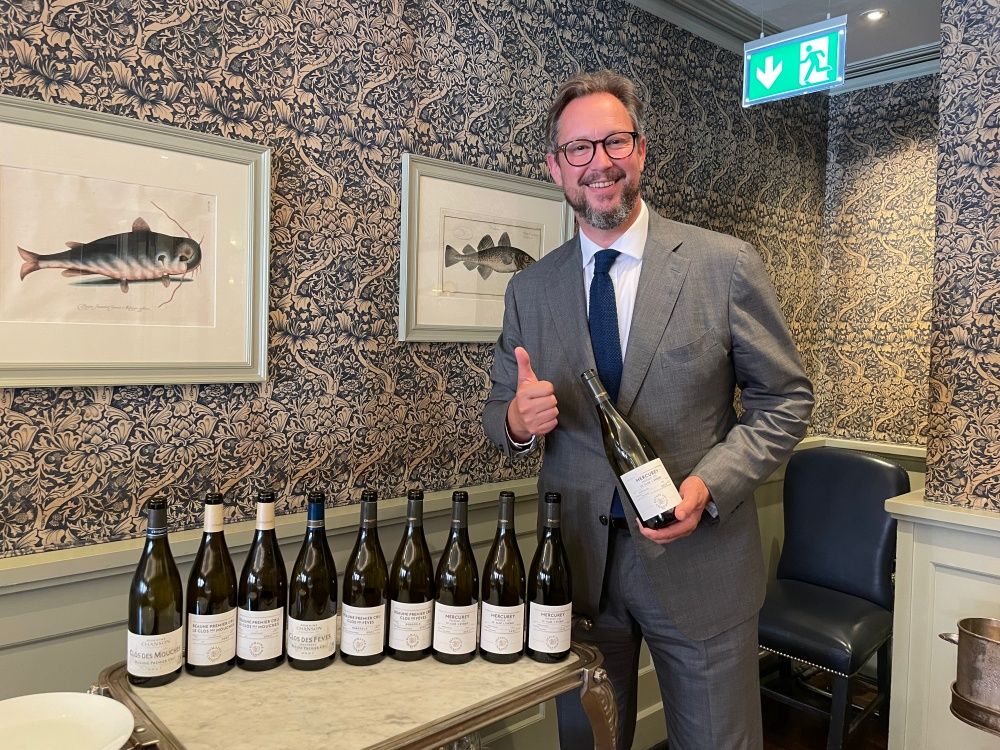We go behind the scenes in to the creative world of winemaking in South Africa’s Swartland with one of the most innovative, Craig Hawkins of Testalonga Wines.
Craig Hawkin’s Testalonga wines arrived on the UK wine scene recently with a bang (now imported through Les Cave de Pyrene). Innovative, high quality, terroir and varietal-expressive, his South African small production wines are precisely what the market is crying out for. Thus, they’ve started to gain a cult-like following. He started out making Chenin Blanc, of which he makes a very true expression in many forms.
He grows and vinifies Chenin, skin contact Chenin, Carignan, Grenache, Syrah, Harslevelü, Muscat d’Alexandrie and a super sparkling Colombard, that comes from a previously abandoned vineyard (I Wish I Was a Ninja) that they nursed back to health.
Farmed organically, Hawkin listens to his vineyards and allows the grapes to flourish as well as possible; with the goal of improving the quality of the wines and the reputation of Swartland. He currently makes 12 wines.
His most recent project is Baby Bandito, of which the labels have a heavy influence from street artists. Or as Hawkins put it: “The good ones, not just your drunk student defacing someone’s wall, unless it was good.”
It’s the idea of a series using different and bright colours. He decided to name the wines with expressions that you would use if encouraging a child.
“Follow your Dreams” is a quote made famous by the street artist, Banksy, who says “all art if stolen”. So, they stole his quote. The picture for this wine was taken by Hawkin’s brother, Mark while on holiday in Vietnam. The wine is a vibrant, earthy excellent version of Carignan.
Stay Brave
The name for his orange Chenin, “Stay Brave” also runs as a deeper message and reminder to Hawkins to keep on pushing; the wine industry and farming industry aren’t always so easy. It’s also a bold statement to anyone out there who questions unusual wine (in this case orange wine): here is one in full force, and it tastes fantastic.
Here he gives his views on his wines and what he sees for the future of Swartland.
How did you first get into wine? Has it always been the “path” for you?
I originally enrolled into game ranging and forestry, but then started working for my older brother Neil in his vineyards in South Africa (he is now in Australia and making awesome wines at The Wine Farm ) just to earn some holiday and beer money. From there I discovered the transformation from vine to wine, and never looked back.
Why Swartland? How have you seen it change as winemaker?
When I was at university I asked my brother, Neil, who is the most innovative winemaker in South Africa? He immediately said Eben Sadie, so I called Eben and asked for a harvest job, which he gave me and I worked for him for five years, which is how I came to the Swartland.
The Swartland is a place with a wealth of old affordable vineyards and a mix of like minded producers. It is a big region with many different microclimates, consequently diversity is huge. It was formerly the “forgotten region” and is now in the midst of a renaissance.
I’m a warm climate guy; and the Swartland is definitely warm climate. However, it is the people who make the region what it is, and we all make different wines, yet we share a common goal of trying to improve the quality of wines and thereby advance the reputation of the region.
The improvements have happened in a short space of time, and contrary to popular belief, I think this is because the guys and girls in the Swartland are actually deep thinkers and swiftly put down roots (so to speak).
The biggest change has just been the growth of the producers in the region (not necessarily in size but quality).
What would you like to see happen in the region in the future?

Craig Hawkins says he and his wife Carla were fortunate to have found the fertile land they did in northern Swartland.
I would like to see the rules of subdivision in agriculture loosened, like they are in Europe (yet still properly maintained). Nearly nobody knows this, but in South Africa for a young,aspiring winemaker or farmer, who comes across a one or two hectare vineyard block, for them to be able to buy it, they have to buy the whole farm it is on. This could range from 50 to 300ha. They can’t just buy that two hectares.
Which is why most people rent vineyards, and also why Carla and I were luckily enough to find land that turned out to be perfect, in the far north of Swartland, with no vineyards and electricity, and are planting from scratch. If we can change these laws, which is likely not possible in our lifetime, land will be affordable to the right people who will in the end look after existing old vines and plant the right cultivars without having to worry about the other 100 ha of land.
It will also give more responsibility to the owner of the land to farm better and put more energy and effort into smaller parcels.
What does organic winemaking mean to you and your wines?
I think it’s more a question of organic farming, and it’s non negotiable for us, more so than organic winemaking. Organic winemaking to me is something coined by supermarket mentality for extra shelf space.
My wines aren’t certified organic in the cellar and never will be, I don’t really want to jump through hoops. I make wines without filtering and fining and little SO2 and natural yeast because the vineyards are farmed properly. Organic is one side of it and allows me to work this way in the cellar. I don’t think how I can make an organically certified wine and then let’s just tick the boxes off so we can get a sticker that says organic wine.
Are you seeing many biodynamic producers in the region? Is this something you would be interested in exploring?
There aren’t enough in the region, and this is partly because most of the guys don’t own their own land and rent vineyards form farmers who are still a little way off this thinking. But they are evolving for the better.
If you break it down biodynamics is stimulating microbial activity and discovering the natural rhythms of the vineyard. It’s not as simple as “using biodynamic preps” and then it’s all done and dusted. In fact, it is a long, arduous process, and something that we explored at my previous job with good success.
On our new place we are surrounded by plenty of natural wildlife, as we are on a remote mountain, and there is plenty of stimulus form nature here in the soil and microbial life. We are not biodynamic and I don’t really like to follow something blind but work on observation and by promoting healthy soil life by using cattle (we have 24) and composting. Balance is maintained in the oils when you introduce a new crop (like grapes).
I’m a huge fan of your Stay Brave. How long did it take you to get it right?
I have been making skin macerated white wines (orange wines) since 2008 so have had a good nine years to practice and evolve, and understand. I reckon it took me about four to five years of really experimenting with this style before I had a firm grasp of understanding where it was taking me and what works best. 2015 was also a great vintage which is why the wines from 2015 are very expressive.

Old bush vines are key to the success of Testalonga
You’ve experimented a lot with Chenin. Do you think you’ll take it into a blend?
No I don’t believe in blends. Terroir for me is isolating each vineyard/soil and grape.
Is there a grape you have your eye on for the future of South Africa?
Maccabeu is great for us for the whites and lots more Grenache (all three of them). I believe South Africa is perfectly suited for Grenache.
Outside of South Africa, if you could pick one New World and one Old World wine, what would they be?
At the moment:
- Old world – Domaine Belluard Les Alpes (his Gringet is ridiculous) from Savoie
- New World – The Wild Vineyard, Villalobos Carignan Reserva 2012 from Chile.
What advice would you give to other young winemakers?
Travel then travel some more.










































